1. Apple – Cupertino Garage, 1976
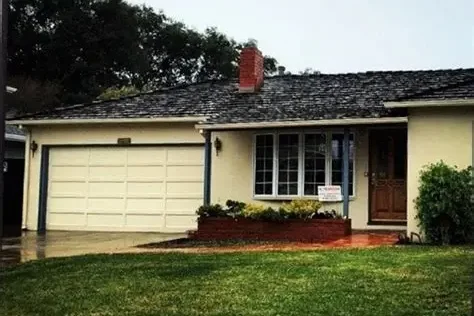
Every global giant had to start somewhere, and for Apple it was a suburban garage at 2066 Crist Drive in Los Altos, California. In 1976, Steve Jobs, Steve Wozniak, and Ronald Wayne spent long nights soldering boards and assembling cases by hand. The small space smelled of warm solder and sawdust as the trio worked with quiet conviction. They personally delivered computers to hobbyists, not yet realizing the scale of what they had begun. The garage, though ordinary on the outside, became the birthplace of innovation and is now remembered as one of the most important rooms in technology history.
2. Amazon – Bellevue Garage, 1994
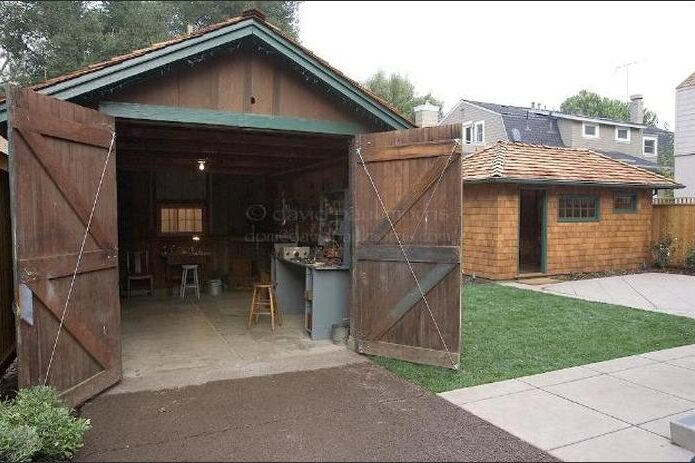
Jeff Bezos began Amazon in a Bellevue, Washington garage where stacks of books nearly touched the ceiling and computer cables stretched across the floor. He and a small team worked on desks made from wooden doors, packaging orders on the cold concrete ground. Each shipment was labeled by hand before Bezos rushed them to the post office himself. There was no sign of the fulfillment centers or cloud servers that would come later, just determination and an idea. That garage, small and unremarkable, was the first step in transforming the way the world shops with a single click of a button.
3. Disney – Los Angeles Garage, 1923
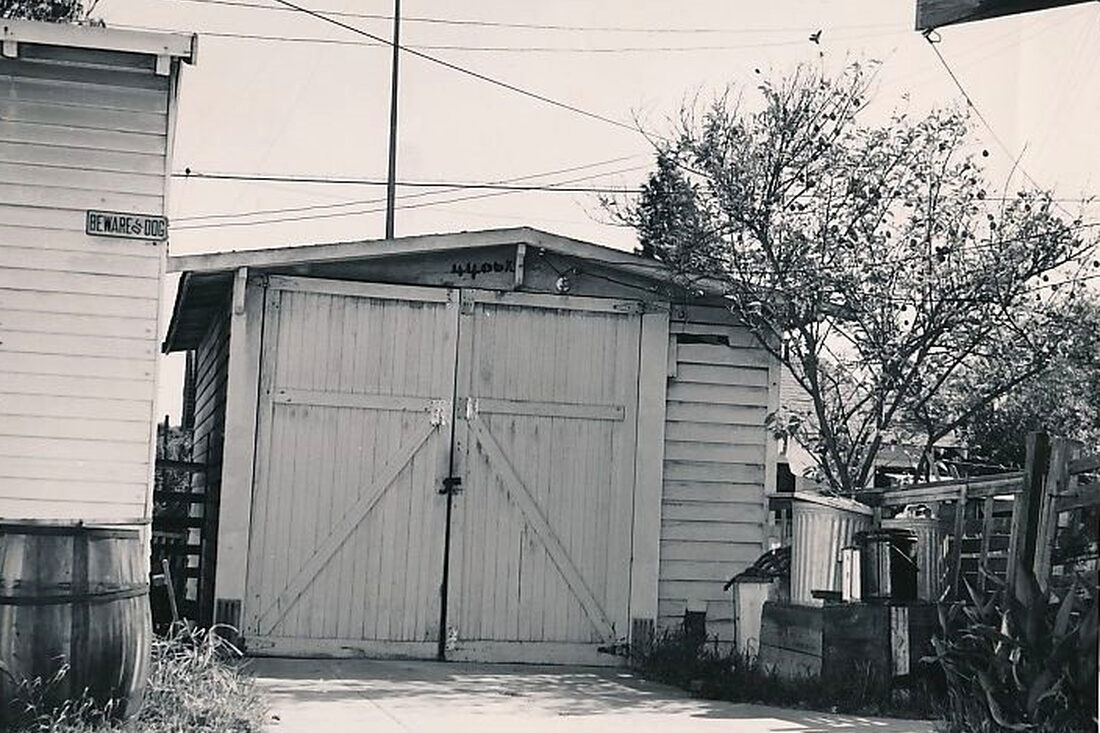
In 1923, Walt Disney and his brother Roy borrowed their uncle’s garage in Los Angeles to create a film studio. The space was cramped, with little insulation, but it gave them just enough room for cameras and animation tools. Inside, they produced the Alice Comedies, combining live action and animation in a way that captured early attention. The garage echoed with dreams far larger than its walls could hold. That unassuming spot became the foundation for an empire of storytelling, reminding us that sometimes magical worlds are first imagined in places as humble as a dusty garage on a city street.
4. Harley-Davidson – Backyard Shed, 1903
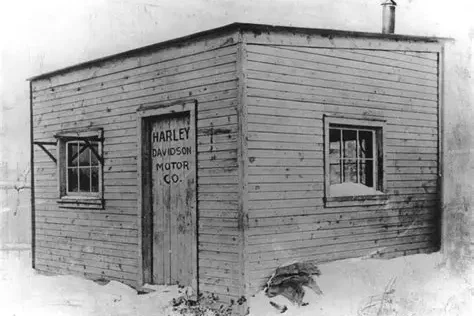
In 1903, William Harley and Arthur Davidson set up shop in a 10-by-15-foot wooden shed in Milwaukee. Their first motorized bicycle rattled and stalled on hills, but it sparked excitement among local riders. The shed was filled with tools, grease, and ambition, a space where every inch mattered. Hand-painted across the door was the name Harley-Davidson Motor Co., a sign of confidence before success had arrived. That backyard shed carried the earliest heartbeat of a brand that came to define the open road. It is proof that even world-famous engines can roar to life in the smallest of workrooms.
5. Hewlett-Packard – Palo Alto Garage, 1939
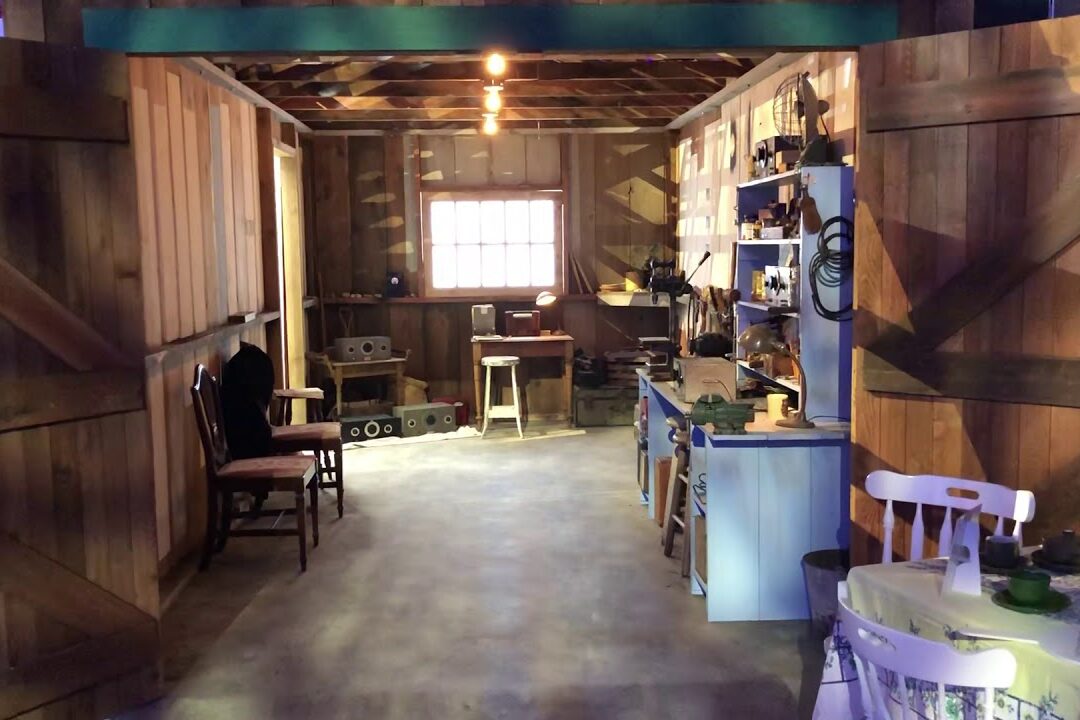
Bill Hewlett and Dave Packard had only $538 when they began building electronics in a rented garage behind Packard’s house. Their first product, an audio oscillator, was sold to Walt Disney Studios for use in Fantasia. The space itself was bare, with just a workbench, scattered tools, and determined minds. Yet that simplicity gave birth to a partnership that shaped Silicon Valley’s future. Known today as the HP Garage, the site is a California Historic Landmark. It stands as a quiet reminder that groundbreaking technology often begins in rooms where ideas are larger than the walls containing them.
6. Google – Menlo Park Garage, 1998
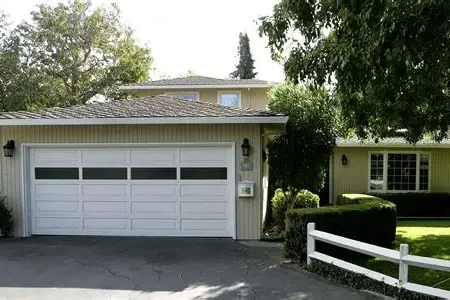
Larry Page and Sergey Brin rented a garage in Menlo Park for $1,700 a month, turning it into their first office. The space was filled with mismatched furniture, exposed wires, and buzzing computer fans. Within that mess, they worked on a new way to rank search results by relevance rather than keywords. It was a breakthrough that transformed how people found information online. The garage was soon too small, but the idea had already proven unstoppable. From those simple beginnings, Google grew into one of the most influential companies in history, showing the world that knowledge could be instantly shared.
7. Microsoft – Albuquerque Office, 1975
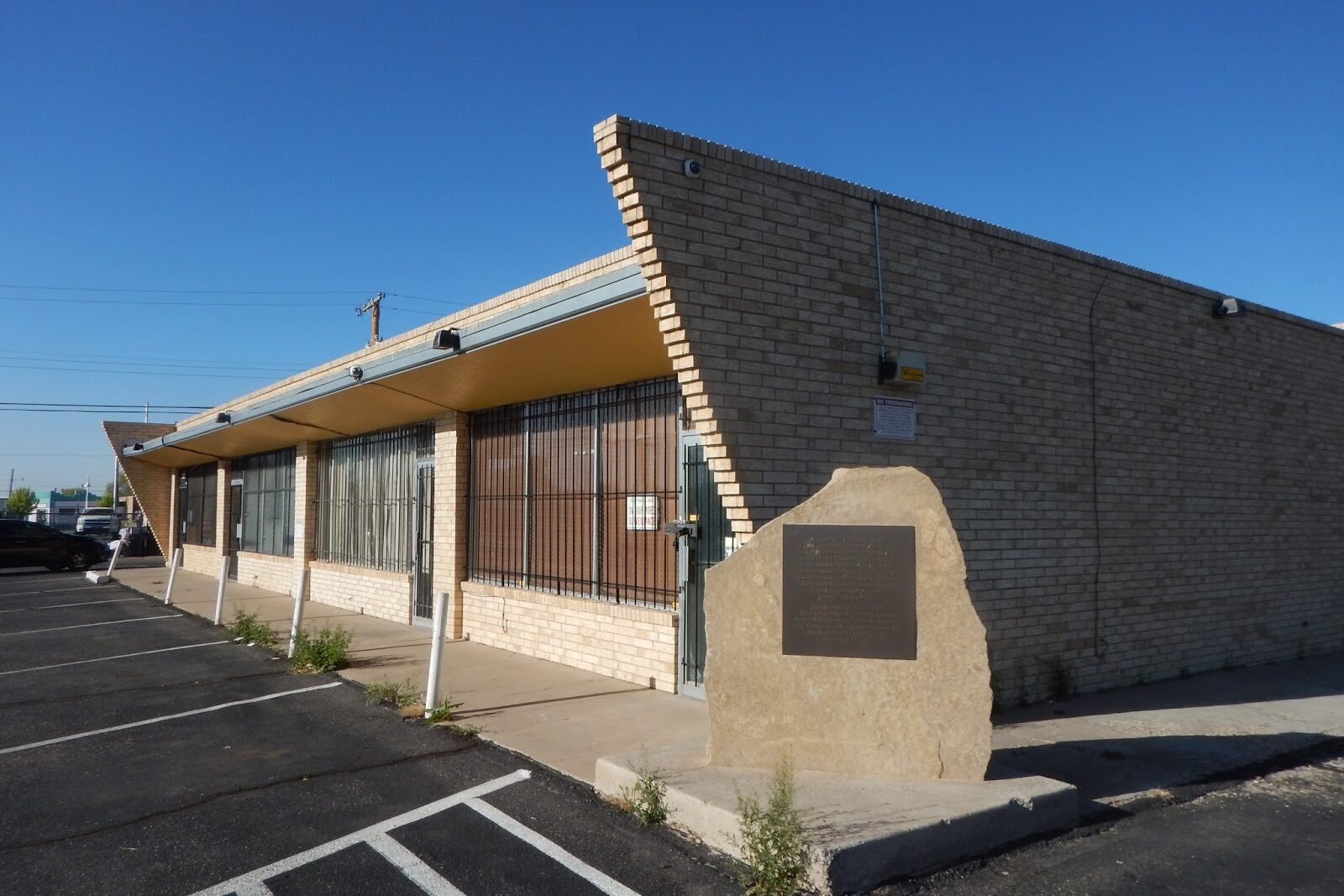
Before Microsoft became a household name, Bill Gates and Paul Allen rented a small office in Albuquerque to work near MITS, makers of the Altair 8800. The rooms were plain, furnished with simple desks and the steady hum of computers. Here, they developed a version of BASIC that became the foundation for their software business. It was not glamorous, but the energy inside was electric with possibility. Their first real success began in that modest office, setting the stage for Microsoft to reshape the world of personal computing. Big visions found their first form in those unadorned workrooms.
8. Mattel – Southern California Garage, 1945
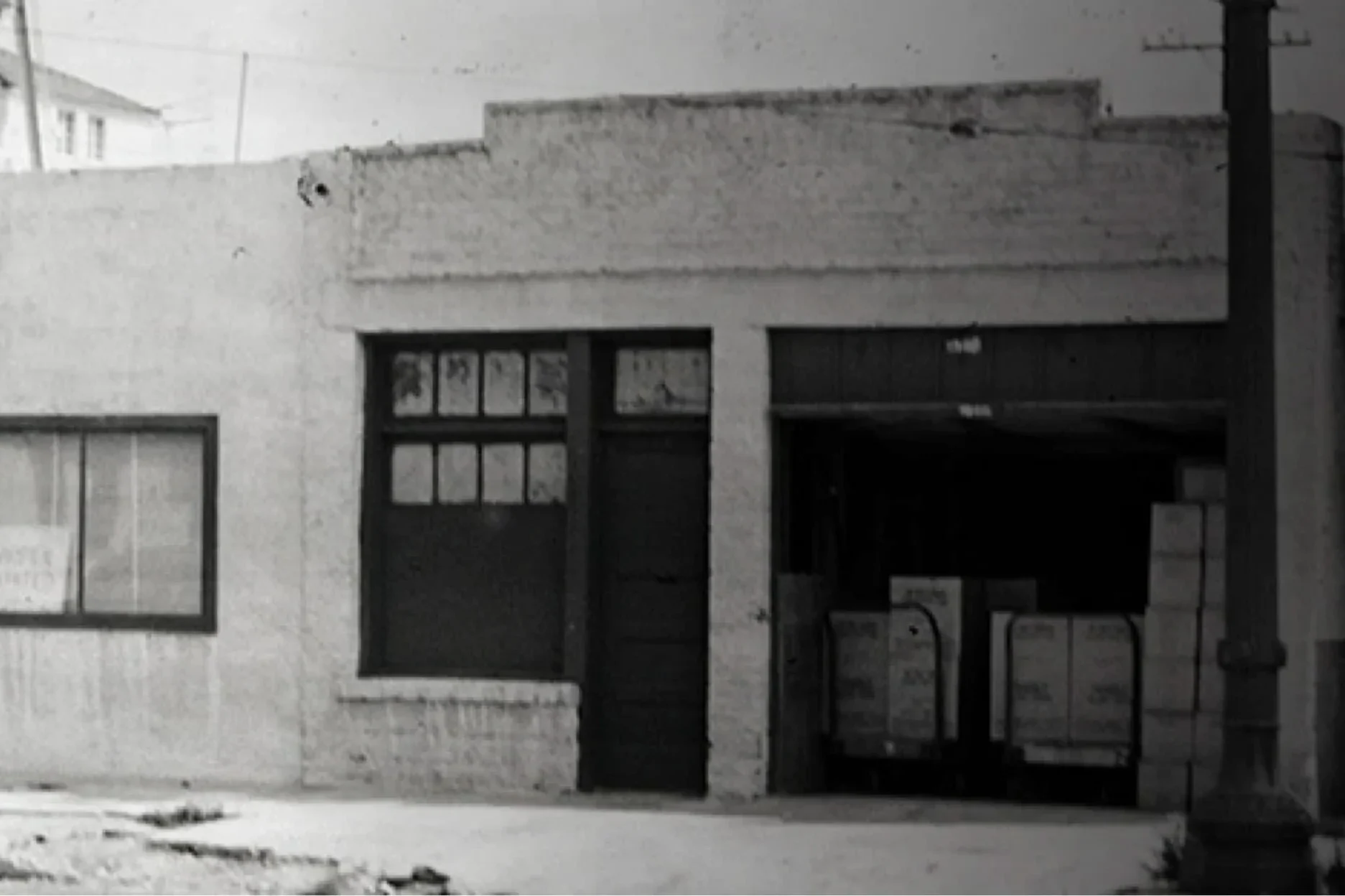
Elliot Handler and Harold “Matt” Matson started out in a garage building picture frames, using scrap wood to craft dollhouse furniture on the side. To their surprise, the toy furniture sold better than the frames, leading them to change direction entirely. That small workshop became the seed of Mattel, which would eventually create Barbie, Hot Wheels, and countless childhood classics. The garage acted as their first factory, design lab, and warehouse combined into one. From a side project made of leftovers, Mattel grew into a household name, showing that sometimes unexpected turns create paths toward lasting success.
9. Levi Strauss & Co. – San Francisco Shop, 1853
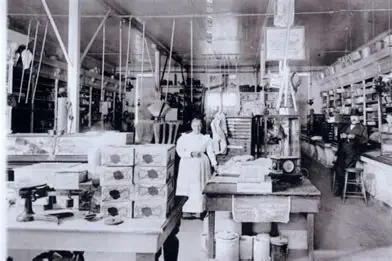
Levi Strauss arrived in San Francisco during the Gold Rush and opened a small shop supplying miners with goods. Inside, he began experimenting with durable trousers made from denim, reinforced with rivets for extra strength. Miners embraced the sturdy design, and blue jeans were born. That modest storefront in a booming city became the birthplace of a fashion revolution. Jeans moved from workwear to rebellion to mainstream style, worn by people across the world. The story of Levi’s reminds us how a single shop can transform clothing into a cultural icon that never goes out of style.
10. Ben & Jerry’s – Converted Gas Station, 1978
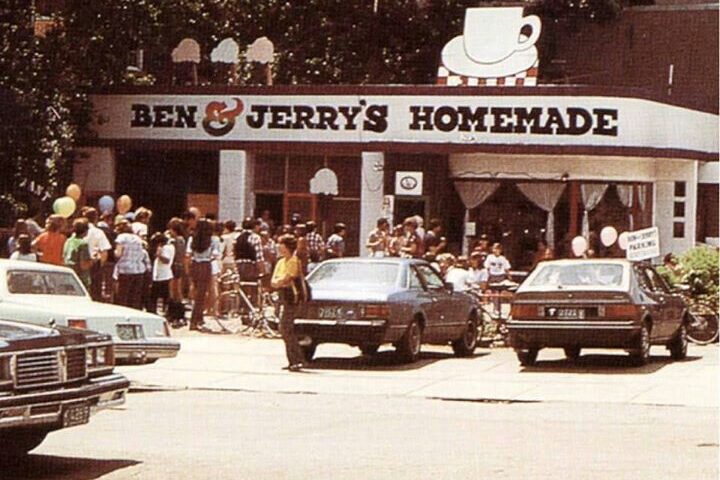
In Burlington, Vermont, Ben Cohen and Jerry Greenfield transformed an old gas station into their first scoop shop. Armed with $12,000 and an ice cream-making course, they created playful flavors like Cherry Garcia and Chunky Monkey that delighted locals. The shop’s counter was small, the décor simple, but the atmosphere was welcoming and fun. People lined up for ice cream served with humor and heart. That gas station turned dessert into community, and community into a movement. From there, Ben & Jerry’s spread across the globe, proving that creativity and kindness can be just as important as the recipe itself.
11. Taco Bell – Downey, California, 1962
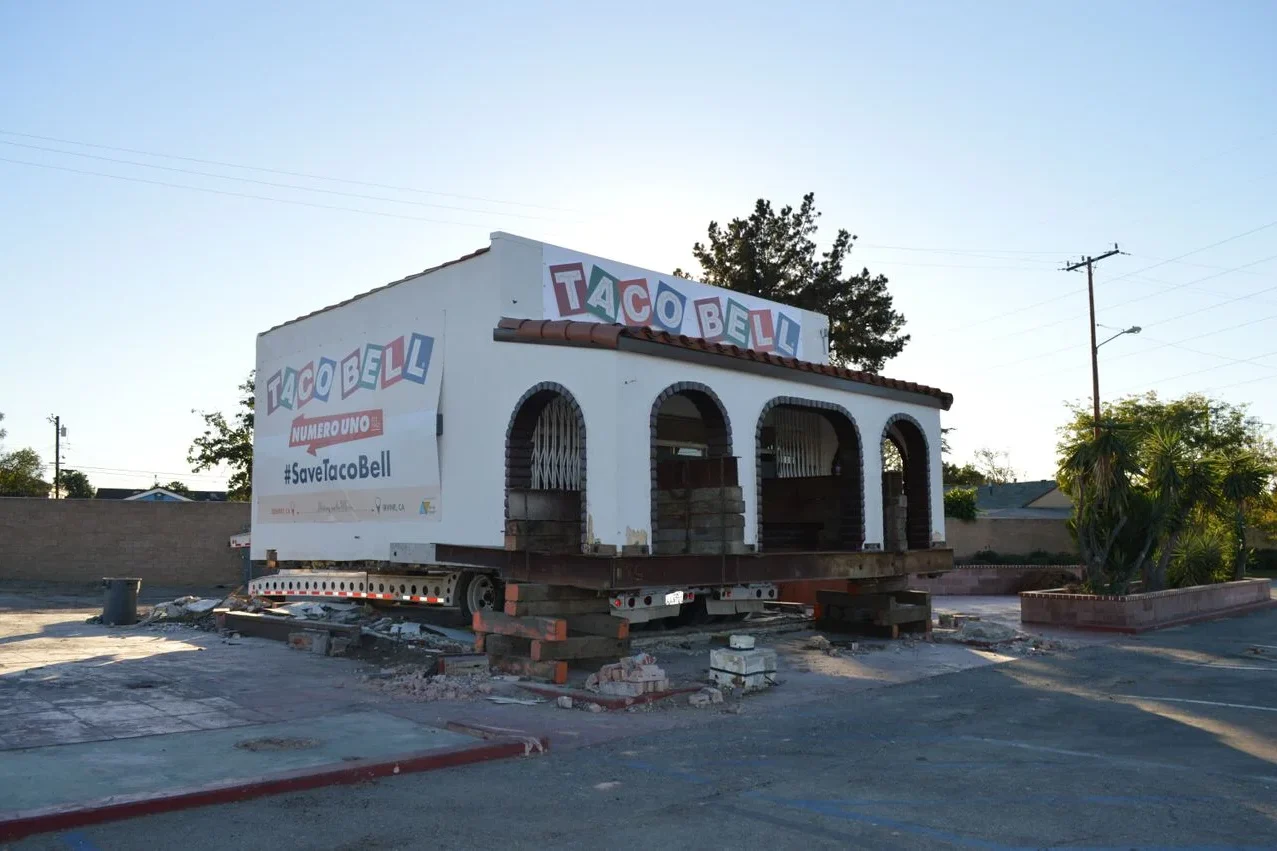
Glen Bell opened the first Taco Bell in a small Mission-style building in Downey, California. The restaurant was tiny, offering walk-up service with just a few outdoor seats. Tacos were priced at 19 cents, burritos at 24, and the menu was short but inviting. People quickly embraced the fast, flavorful food, appreciating its convenience and bold taste. That first location, modest and simple, proved that Mexican-inspired meals could thrive in quick-service form. From one walk-up window in California, Taco Bell grew into a global chain recognized for creativity, affordability, and its playful take on fast food.
12. McDonald’s – San Bernardino, California, 1948
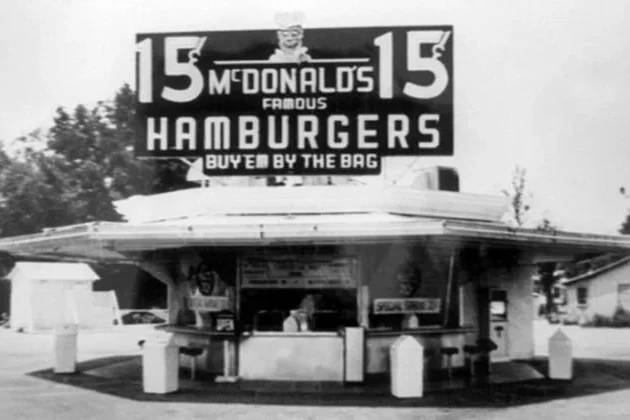
Brothers Richard and Maurice McDonald introduced the “Speedee Service System” at their San Bernardino drive-in, revolutionizing how food was made and served. Instead of carhops and long waits, customers ordered burgers, fries, and shakes that were prepared quickly through an assembly-line approach. The small building was nothing flashy, but the efficiency was groundbreaking. Word spread quickly, and crowds grew, drawn to the affordability and speed. This simple experiment set the stage for McDonald’s to become the most famous fast-food brand in the world, proving that innovation in service could be just as powerful as innovation in taste.
13. Dairy Queen – Joliet, Illinois, 1940
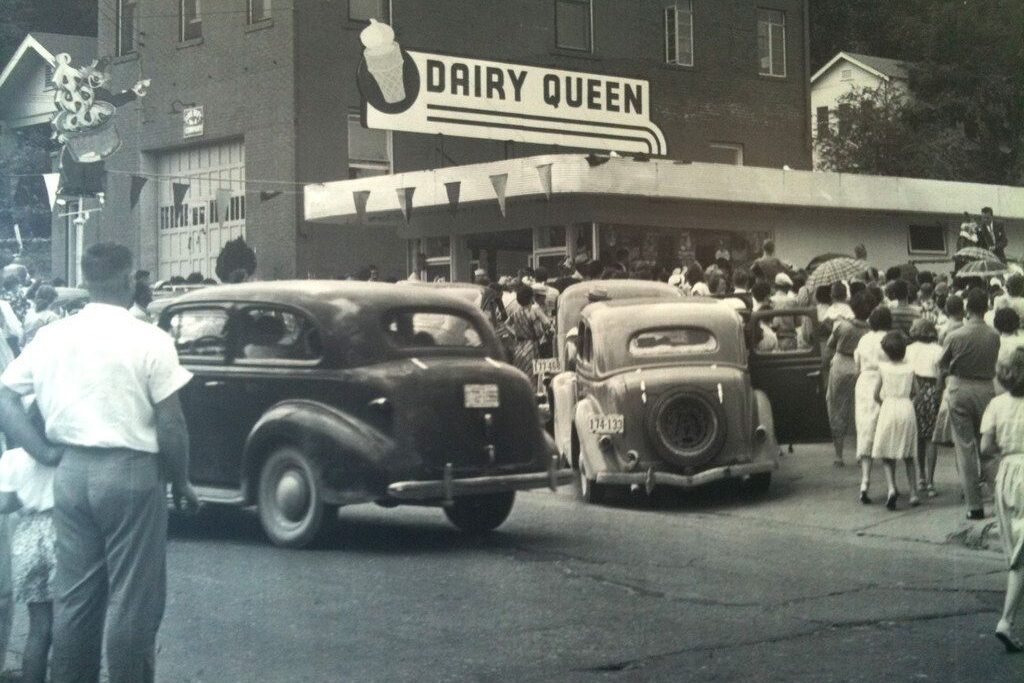
The very first Dairy Queen was a small shop in Joliet, Illinois, where customers were introduced to soft-serve ice cream for the first time. On opening day, more than 1,600 cones were sold, showing how quickly the treat captured attention. The storefront was modest, but the swirl of creamy cones kept people coming back. From that one shop, Dairy Queen became a favorite destination for families and communities. The charm was simple: a cone, a smile, and a place to enjoy something new. That combination turned a single Illinois shop into a worldwide symbol of sweet indulgence and comfort.
14. Walmart – Rogers, Arkansas, 1962
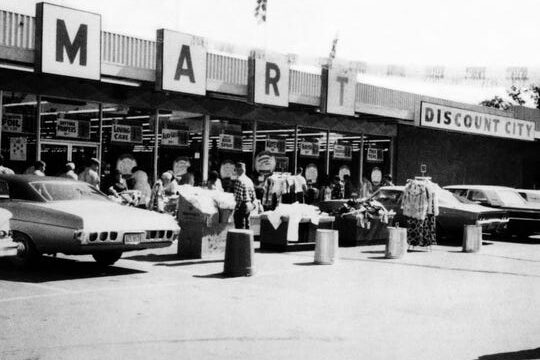
Sam Walton opened Walton’s 5&10 on a main street in Rogers, Arkansas, determined to offer affordable goods with friendly service. The store was plain and small, but Walton’s focus on keeping costs low and passing savings to customers stood out. People appreciated the difference, and word spread quickly through the town. That modest beginning became the foundation for Walmart, which would grow into the largest retailer in the world. The Rogers store still stands as a museum today, reminding visitors that one person’s vision of community, fairness, and value can expand far beyond a single small-town storefront.
15. Starbucks – Seattle, Washington, 1971
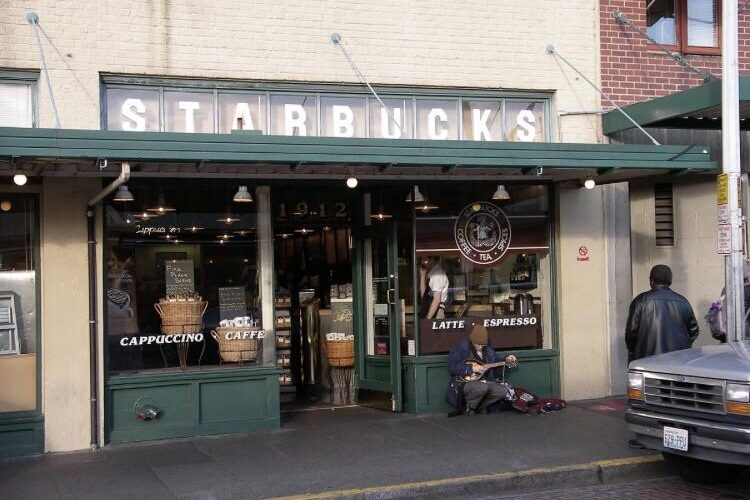
The first Starbucks store opened in Seattle’s Pike Place Market, and at the time it sold only roasted coffee beans, tea, and spices. There were no cups of brewed coffee yet, just rich aromas filling the air as locals discovered the flavors. The brown siren logo and the cozy shopfront carried an artisan feel, drawing in regulars who enjoyed browsing beans before heading home. That little store built a foundation of community and culture around coffee. Over time, Starbucks added cups of brewed coffee, expanded across neighborhoods, and eventually grew into one of the most familiar cafés in the world.
16. Burger King – Miami, Florida, 1954
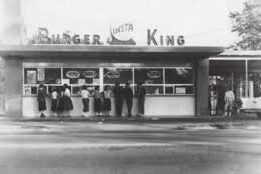
Burger King began in a small Miami shop under the name Insta-Burger King. Its menu focused on flame-broiled burgers, a method that gave them a smoky flavor different from competitors. The restaurant was small, but the taste stood out, quickly attracting loyal customers. In 1957, the Whopper was introduced, becoming the chain’s most famous item. What started in that single Florida location turned into a global brand competing with the biggest names in fast food. From one small kitchen came the flame-broiled identity that still defines Burger King, making it recognizable to burger lovers everywhere.
17. Subway – Bridgeport, Connecticut, 1965
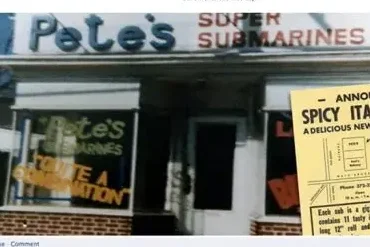
Seventeen-year-old Fred DeLuca borrowed $1,000 to open his first sandwich shop in Bridgeport, naming it Pete’s Super Submarines. The storefront was small, offering freshly made subs built to order, with bread and fillings tailored to each customer’s preference. Locals quickly embraced the concept, and the shop became a hit. Over time, the name changed to Subway, and the formula remained the same: fresh, customizable sandwiches made simply. From that small Connecticut store, the brand grew into one of the largest restaurant chains in the world, showing how one teenager’s idea for tuition money became a global food movement.
18. Tower Records – Sacramento, California, 1960
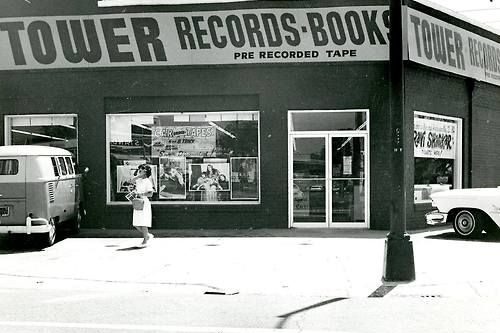
Russ Solomon opened the first Tower Records in a corner of his father’s Sacramento drugstore. The space was bright and cluttered with records, creating an atmosphere that welcomed browsing and discovery. Music fans loved flipping through vinyl, losing track of time as they explored racks of albums. The store quickly became more than retail; it was a community hub for music lovers. From that small beginning, Tower Records expanded globally, becoming a cultural landmark for decades. Though the digital age eventually changed music forever, Tower’s story shows how passion in one shop can inspire generations of listeners.
19. Nike – Santa Monica Shop, 1966
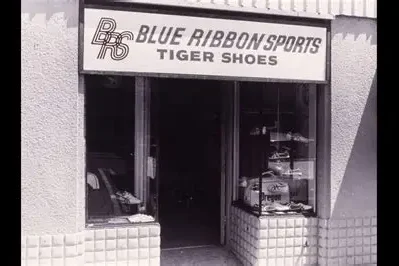
Before Nike was known worldwide, Phil Knight and Bill Bowerman opened a small store in Santa Monica called Blue Ribbon Sports. They sold Japanese running shoes and often worked directly with local athletes, customizing pairs in the backroom. This personal connection helped them build trust and loyalty, setting them apart from other shops. The store was simple, but it was a place where performance and innovation met real people. From those humble beginnings, Nike grew into one of the biggest sportswear brands in the world, carrying the energy of that small California shop into every swoosh today.
20. Pizza Hut – Wichita, Kansas, 1958
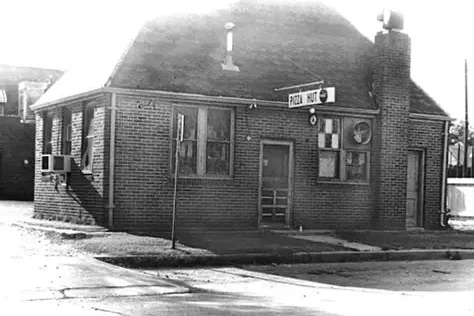
Brothers Dan and Frank Carney borrowed $600 to open a pizza restaurant in Wichita. The building was small, with a roofline shaped like a hut and a sign with space for only eight letters, leading to the name Pizza Hut. The cozy atmosphere and cheesy pies quickly became popular among locals. Within a year, the brothers had started franchising, spreading their concept far beyond Kansas. That first hut, though modest, carried the beginnings of a global empire. From a simple space and a catchy name, Pizza Hut grew into one of the best-known pizza chains worldwide.
21. KFC – Corbin, Kentucky, 1930s
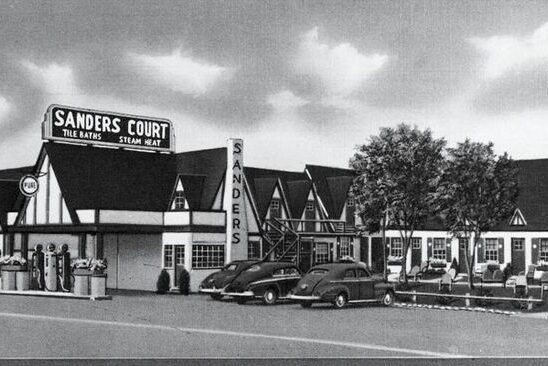
In Corbin, Kentucky, Colonel Harland Sanders cooked fried chicken for travelers out of a small roadside service station. Using a mix of 11 herbs and spices and a pressure cooker, he perfected a recipe that became tender, flavorful, and quick to prepare. Hungry drivers lined up for the food, and Sanders realized his chicken could be more than a roadside meal. From that little gas station kitchen, Kentucky Fried Chicken was born. It grew into a worldwide brand with the Colonel’s image as its symbol, all beginning in one small kitchen serving plates to tired travelers along Kentucky roads.
22. Coca-Cola – Atlanta Pharmacy, 1886
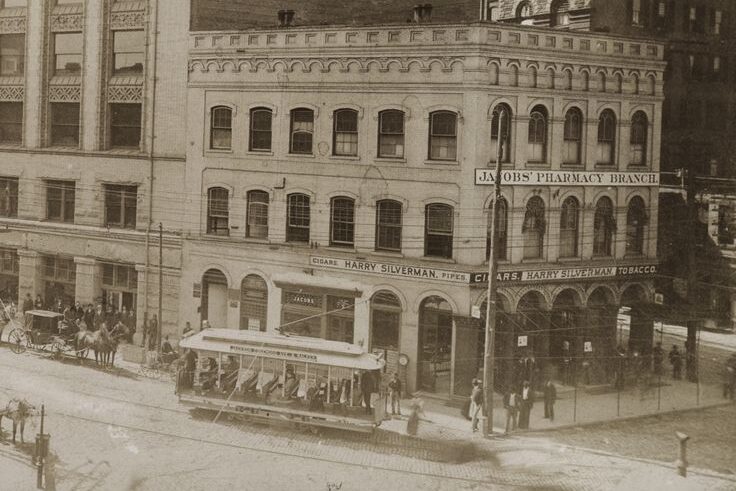
In the back of a pharmacy in Atlanta, Dr. John Pemberton mixed a caramel-colored syrup with carbonated water to create a new drink. It was originally marketed as a tonic, but customers loved it as a refreshing soda fountain beverage. Served for five cents a glass, Coca-Cola quickly became a local favorite. From that single pharmacy counter, the drink spread across cities and eventually the world. What started as an experiment in a back room grew into one of the most iconic brands of all time, still recognized everywhere as a symbol of refreshment and familiarity.
23. Lego – Billund Workshop, 1932
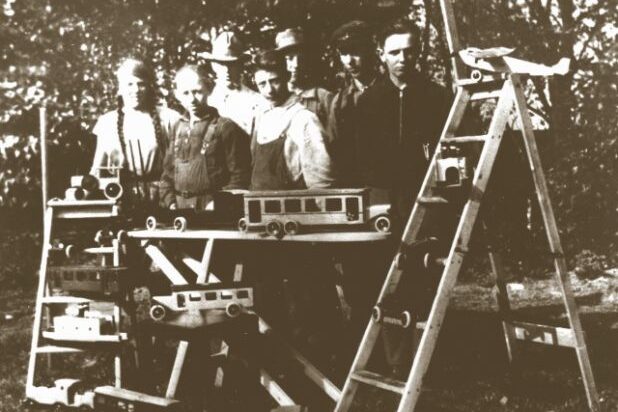
In the small town of Billund, Denmark, Ole Kirk Christiansen crafted wooden toys in his workshop to support his family during the Great Depression. He named his company Lego, meaning “play well” in Danish. Years later, he introduced plastic interlocking bricks, which revolutionized play for children around the world. The workshop itself was filled with simple tools and sawdust, but it held a vision of creativity and learning. From that humble beginning, Lego became a cornerstone of childhood, encouraging imagination across generations and showing how even the smallest workshop can inspire endless possibilities.
24. Ford Motor Company – Detroit Factory Room, 1903
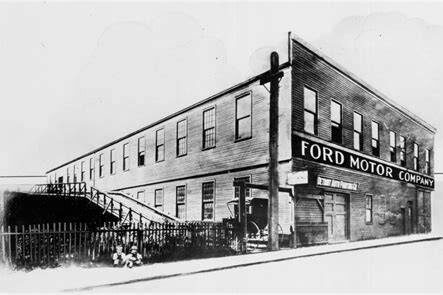
Henry Ford founded the Ford Motor Company in a one-room factory on Mack Avenue in Detroit. With a handful of workers, they built cars by hand, focusing on making them reliable and affordable. The operation was small, but it carried the seeds of an idea that would change the world. In just a few years, Ford introduced the Model T and pioneered the moving assembly line, making cars accessible to families everywhere. From that single rented room, the modern automobile industry was born, reminding us that history’s biggest shifts often start in the humblest of spaces.
This story From Small Storefronts and Garages to Worldwide Brands was first published on Daily FETCH


